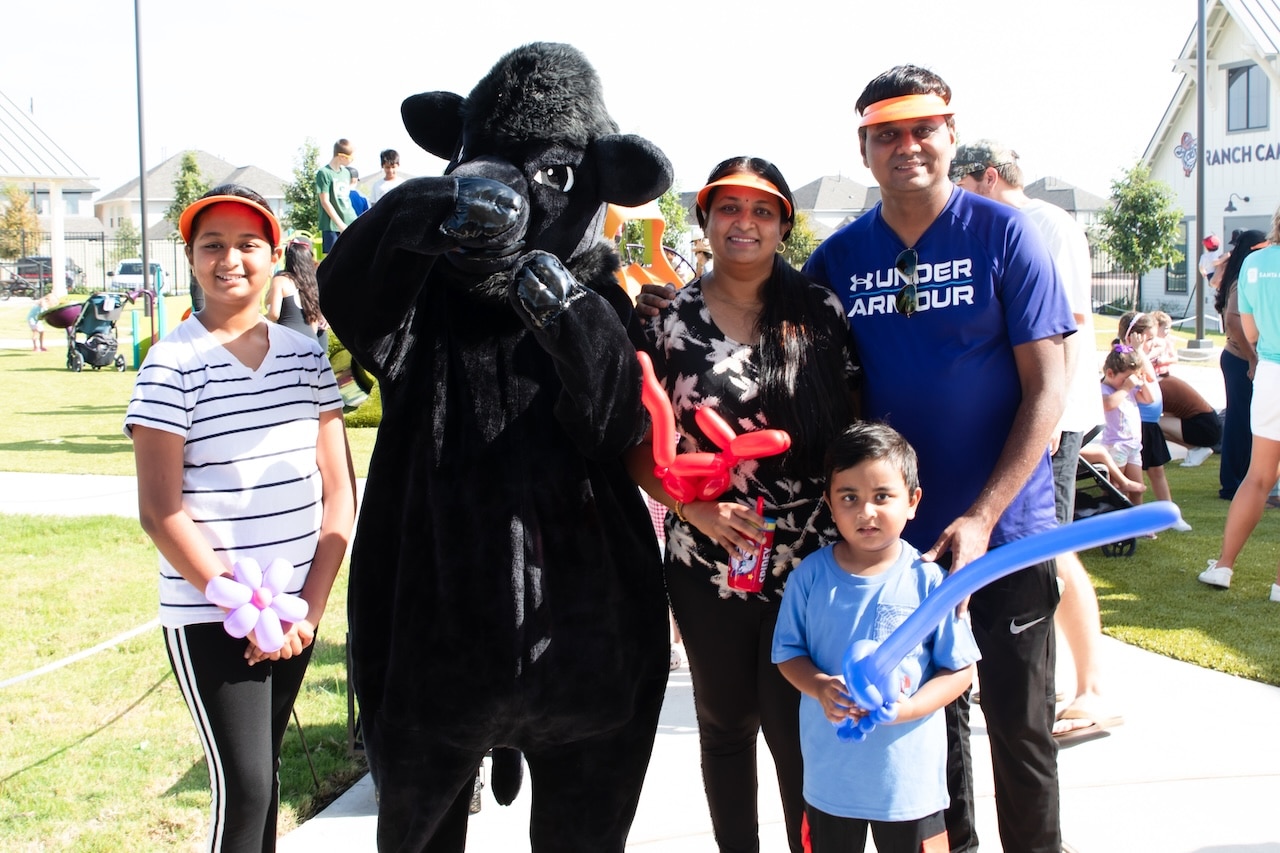Oh, the lure of screens — televisions, computers, phones, other handheld devices — they’re everywhere, and kids love them. Preschoolers spend an average of two hours per day on screens and teens more than seven hours on average. And who can blame them? The content is entertaining and often educational, and video games have transitioned into a means of engagement with others. However many may agree that there’s a need for reduced screen time for the average child in favor of spending time outdoors. One of the benefits of outdoor play for children is their screen time will automatically go down.
Benefits of Outdoor Play for Children:
How Much Time Outdoors is Ideal?
Experts vary on how much time a child should play outside, with a range from 30 minutes to three hours daily. But the consensus is one hour is enough time for them to strengthen their muscles and imagination. The Mayo Clinic acknowledges a solid hour might not be manageable every day, but even 10-minute chunks are beneficial.
The Physical Benefits
Hours in front of a screen can lead to obesity and related problems while the benefits of outdoor play for children has the opposite effect. But there are other benefits, as well:
- Improve strength, balance, and coordination. Active children are better adept at physical challenges than those who are sedentary.
- Increase your Vitamin D naturally. Lather on the sunscreen and send your child outside to get some Vitamin D which plays a crucial role in everything from bone development to our immune system.
- Reduce the risk of myopia. There is growing evidence that near-sightedness can be delayed or even prevented in children who spend about two hours playing outside daily.
The Psychological Benefits
Time outdoors benefits no matter what the age, particularly for children whose minds are still developing. They may experience:
- Better sleep. Running around and burning off energy leads to better sleep, crucial for cognitive function and emotional control in children.
- Socialization. Children learn how to engage with others on the playground, taking turns on the slide, cooperating to enjoy the see-saw, and making friends as they explore imaginary kingdoms.
- Reduced stress. Even children get stressed, and nature’s serenity has the same calming impact on the younger generation as it does for older generations. Plus, time outdoors can help alleviate ADHD symptoms.
- Improved impulse control. Being outside can reduce feelings of anger and aggression, leading to better impulse control.
The Cognitive Benefits
Children running around outside, playing ball, or climbing a tree might appear to be exercising their muscles, but their brains are hard at work as well. Outdoor play can:
- Encourage independence. Unstructured play allows children to make up the rules for their own games, encouraging independence and decision-making.
- Foster creativity. Play structures don’t always play structures — sometimes they are pirate ships. Also, children can think creatively to figure out how to use new play equipment or navigate their way on a rope course.
- Build risk management skills. We never want to see our children hurt, but if we don’t let them take any risks, they won’t build valuable life skills and confidence. You can learn as much from failure as from success.
Making Time for the Outdoors
Orders to “go outside and play” might be met with a few grumbles, but there are plenty of ways to encourage outdoor play.
From an early age:
- No child is too young to spend time outdoors — take infants outside to enjoy the sights and sounds of nature.
- Sit with your toddler and roll a ball back and forth.
- Move story time outside. Even better, read a story about trees, birds, or other things in nature and point them out.
A little older:
- Preschoolers and elementary-age children have vast imaginations. Encourage them to find shapes in the clouds, build forts, and devise hideouts in trees and bushes.
- Put on old clothes and let the kids get dirty! Mixing a mud cake with old pots, pans, and utensils stimulates creativity and motor skills.
- Put little ones to work helping with the yard. They can perform small, supervised tasks — watering flowers, helping pick up leaves and sticks, digging a hole to plant flowers — and they’ll love being outdoors with you.
Older children and teens:
- Host a scavenger hunt party focused on nature. Everyone enjoys treats outside when complete.
- Interest them in starting a collection — rocks, insects, leaves, or something else in nature. This can build patience, focus, and commitment.
- Build a bird feeder and then have your tween/teen be responsible for keeping it filled and clean.
Where You Live Has an Impact
Living near parks, playgrounds, and lakes makes it easier for kids to get outside and play — especially if they’re within walking distance. Having community trails or sidewalks where children can walk safely to the park or ride their bikes also encourages time outside.
Some communities — such as Santa Rita Ranch — go beyond parks and playgrounds with pools and splash pads that allow children to spend time outside even during the months when temperatures are at their highest. (We’re talking about you, August!) The Green Play Park is a thoughtfully designed amenity with open space for imaginary play as well as courts for basketball and sand volleyball. Young athletes can make use of the park’s fitness zone.
Also, look for easy access to outdoor adventure in the region. The Austin area is a treat for families who love the outdoors, with nearby lakes and ample state parks. Favorites are Lady Bird Lake, Barton Springs Pool, and Pedernales State Park.
Want to live a life where you and the kids would rather stay outside to enjoy everything in their community? Consider a move to Santa Rita Ranch. Builders have dozens of homes ready now.



